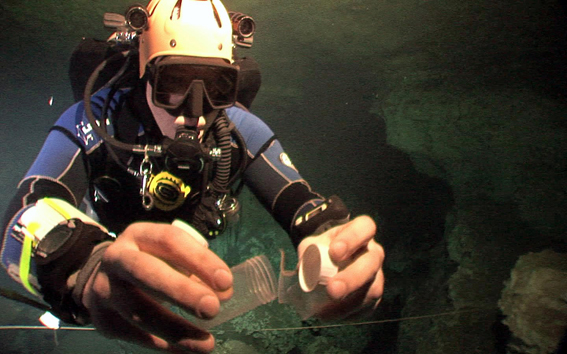All models are wrong, but some are useful [George E. P. Box]
Who am I ?
I am a person who likes to see the bigger picture. That is probably one reason for my many interests, including history, technology but also art, especially expressionism and photography.
I am as well fascinated by nature and animal diversity, and observed and collected since being a younger boy a variety of animal groups. As a now trained zoologist, I am still curious to understand how the species and biodiversity origin and evolve. Species-wise, I focus on higher arthropods, in particular pancrustaceans (insects and crustaceans). I became intrigued by evolutionary biology because it is probably the most diverse and interdisciplinary field in biology. It involved philosophy, history, molecular biology, bioinformatics, ecology and the ‘classic’ areas of zoology and systematics.
Especially one major evolutionary invention that evolved in all major animal lineages caught my attention since 2012 – venom. Modern venomics, the research area on animal venom, is extremely diverse and combines almost all areas of modern biology and evolution, including applied research aspects and translational research.
As a scientist who is interested in the theory of evolution, loves to be in the field to collect specimens and has an affinity to technology – modern evolutionary venomics is an ideal and fascinating playground. In an integrative approach I use synchrotron facilities to describe morphology, molecular systematics and new -omics methods including bioinformatic tools and recently also artificial intelligence (deep learning) to test my hypotheses.
With my major projects in venom research, I contribute to a better understanding of which processes are the drivers of venom evolution. Especially so far little studied invertebrate/pancrustacean groups such as centipedes, nemerteans, remipede crustaceans, robber flies, solitary bees and wasps (Hymenopterans), assassin bugs and other selected species caught my attention.
As a passionate cave diver, I am also highly interested in diving technology and new developments in the field of technical diving.

Impressum | Dr. Bjoern M v. Reumont, 35396 Gießen, Germany. Please notice that all pictures and videos on this page are my courtesy and that I own the copyrights. Pictures were taken with Nikon coolpix 950, 995, Nikon D200, Nikon D300s, Lumix DMC-TZ10, Canon EOS500, Olympus OMD EM5iii, EM5ii. I am not responsible for any illegal content of sites that are linked.
Contact
Feel free to contact me for collaborations
Institute address
Guest ScientistD-60438 Frankfurt